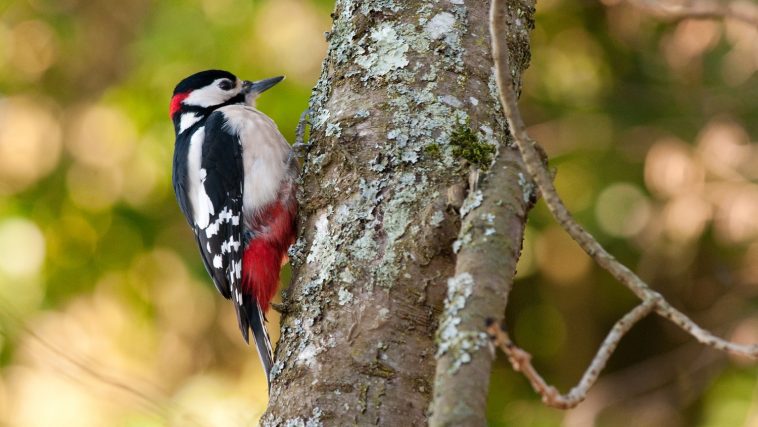In evolution, small steps are needed to bring simple lower animals to more complex higher animals. A series of stages are needed to bring animals to where we see them today. But what we see is that all the complex working functions of animals are there simultaneously. What we see is the opposite of what the evolutionary model demands.
Here are three examples
The first example is the butterfly
The butterfly hatches out as a caterpillar with a ravenous appetite. It eats and grows and eats some more. Then it does something amazing. It wraps itself in a hard chrysalis and begins starts the metamorphosis process.
Special enzymes are released and, except for the breathing tube and the nervous system, the caterpillar dissolves into a nutrient soup. The caterpillar literally rebuilds itself into a butterfly. Did a caterpillar at one time long ago decide to change into a butterfly by wrapping itself in a chrysalis?
- Did it, on its own, develop the enzymes and the many other chemical elements necessary to change from a caterpillar to a butterfly?
- Did the caterpillar, with its own wisdom, put into its own genetic code the information that it would need to complete such a complex task?
- Could a number of random steps that evolution demands produce such a process?
The answer is no, because if even one element in the process failed to evolve with all the rest, the process fails. There has never been a logical explanation of how a caterpillar could transform itself into a butterfly by a series of small genetic changes.
The second example is the woodpecker
God created the woodpecker to well, peck wood. Woodpeckers eat insects from the bark of trees. In order to do that, God gave this bird special tools to get at its next meal. From an extra strong bill to feet designed to cling to the sides of trees, as well as special, shock-absorbing membranes in the back of the skull. I comes fully equipped with a long tongue to reach in and grab that tasty beetle larva and an instinct to blink its eyes at the moment of impact to keep its eyeballs from popping out.
Now let’s look at the evolutionary model.
If you had a bird millions of years ago decide that it wanted to hunt insects on the trunks of trees and develop feet with two claws in the front and two claws in the back — but failed to evolve the correct bill — what good would the feet do? Or, maybe it evolved the correct feet and bill, but perhaps forgot to evolve the instinct to blink its eyes on impact. Or the correct feet, bill, and blinking, but still had a tongue that was too short to reach the insects. Maybe the woodpecker forgot to evolve the shock-absorbing membrane at the back of its skull that protects the brain from harm.
Without every piece of the puzzle in place from the beginning, the entire mechanism would be a colossal failure.
The third example is the eye
In the evolutionary model, the eye is assumed to have slowly developed by random mutated steps from a patch that could detect light into a highly complex eye.
- If an eye failed to develop a retina, it would only be a useless tumor.
- An eye without a focusing lens would only detect light.
- An eye without a functioning optic nerve to carry the signal to the brain would be worthless.
- An eyeball without the right balance of fluid pressure would either implode or explode.
- An eye without a brain designed to interpret the signals would be sightless.
It would be impossible that chance mutations would evolve all the complex, fully functioning parts of the eye at the same time. The slowly evolving eye idea does not work.
Conclusion
For the evolutionary model to work, you would need small steps to bring about the needed changes for simple lower animals to change to higher animals. But what we see are complex, fully functioning animals designed by Almighty God, the ultimate Creator.
But ask the animals, and they will teach you, or the birds in the sky, and they will tell you ; or speak to the earth, and it will teach you, or let the fish in the sea inform you. Which of all these does not know that the hand of the Lord has done this? Job 12:7-9






